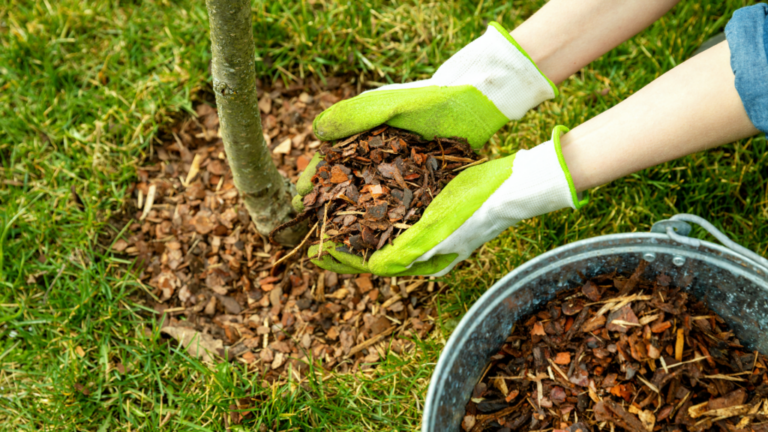Trees might look self-sufficient, but even the strongest ones need a little help sometimes. Fertilizing your trees the right way can make all the difference—encouraging healthy roots, lush leaves, and stronger resistance to pests and disease. Whether you’re growing fruit trees, shade trees, or decorative ones, learning the basics of tree fertilization will help them thrive year-round.
Why Fertilizing Trees Matters
Over time, the soil around your trees loses nutrients—especially in landscaped yards where fallen leaves are cleaned up instead of being left to decompose naturally. Fertilizer steps in to replace what’s missing, supporting growth, root development, and overall health.
Signs Your Tree May Need Fertilizer
- Slow or stunted growth
- Pale, yellowing leaves
- Sparse foliage or branch dieback
- Poor fruit or flower production
- Excessive leaf drop
When to Fertilize
The best time to fertilize most trees is early spring or late fall. Spring fertilization gives trees a boost as they come out of dormancy, while fall feeding strengthens roots before winter sets in.
How to Fertilize Trees (The Easy Way)
-
Test the Soil First
Before adding anything, test your soil to see what nutrients it’s missing. This helps avoid over-fertilizing or wasting money on the wrong product. -
Choose the Right Fertilizer
Look for a slow-release fertilizer with a balanced NPK ratio, or one suited to your tree type (like high-nitrogen for leafy growth or phosphorus-rich for flowering). -
Apply at the Drip Line
Spread fertilizer evenly around the “drip line”—the circular area on the ground directly beneath the tree’s outer branches. Avoid placing fertilizer directly at the trunk. -
Water It In
Always water well after applying fertilizer. This helps nutrients soak into the soil and reach the tree’s roots. -
Avoid Overdoing It
Too much fertilizer can stress a tree or lead to excessive growth that’s vulnerable to disease. Once or twice a year is enough for most mature trees.
Extra Tips for Healthy Trees
- Mulch around the base to retain moisture and feed the soil
- Avoid fertilizing newly planted trees—wait 6–12 months
- Monitor growth and reapply only when needed
Feeding your trees doesn’t have to be complicated. With just a little know-how, you can keep them strong, green, and growing for years to come. Think of it as giving your trees a well-deserved meal—and they’ll reward you with beauty, shade, and even fruit.
